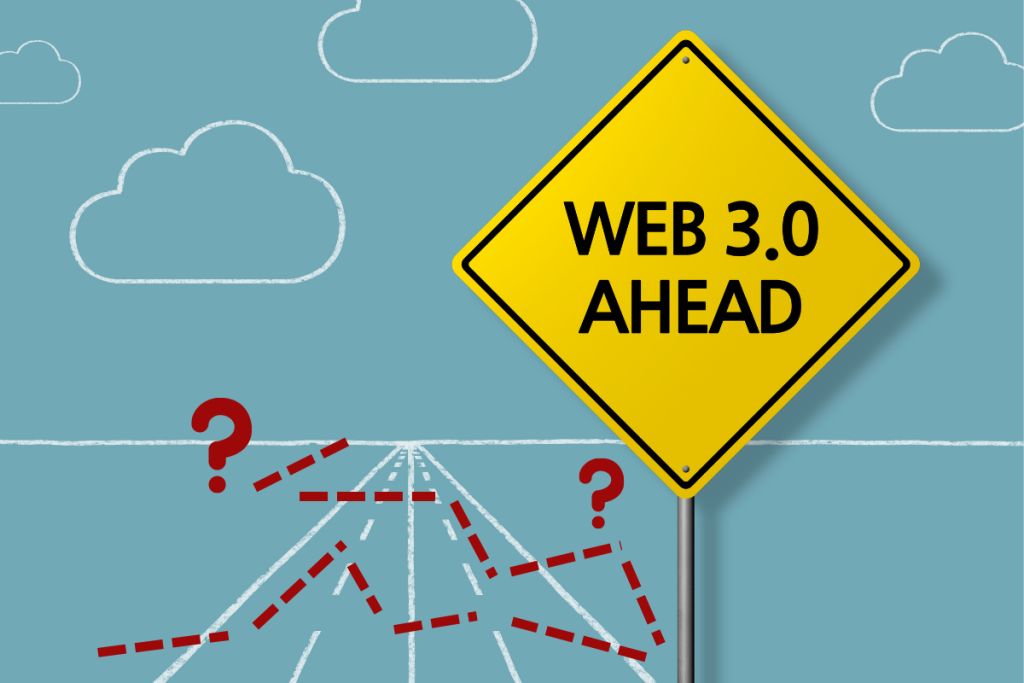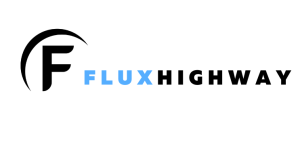The future of the internet is Web3. It is proving to be the web’s next version in spite of the fears, hypes, controversies, and divisive speculations that have surrounded it. This article covers how Flux has built a Web3 infrastructure that solves the issues they knew would arise.
And if anything, recent developments have appeared to support this fact. From Andreessen Horowitz’s $4.5B investment in May to Binance’s latest 500m fund for Web3 startups, investments have continued to pour heavily into the Web3 space even in the middle of a harsh Crypto-winter.
However, despite the Web3 frenzy (the good, bad, and outlandishly crazy) that has taken over the world of blockchain solutions and decentralized applications, some experts still view the concept of Web3 with some cynicism.
While ardent disciples of technology may quickly dismiss these misgivings as mere FUD and a reluctance to the changing landscape of the web, the fact remains that Web3 is an emerging technology.
As with every new technology, there is always room for improvement, optimization, and fine-tuning.
So, let’s take a few steps back and look into the challenges associated with the Web3 ecosystem and how Flux provides the infrastructure to bridge these gaps.
The Technology Bottleneck.
One of the questions raised regarding the Web3 internet is the high bar of technological know-how required.
Due to the relatively complex nature of Web3 and associated technologies, there are fears that the steep learning curve might be a significant bottleneck that could stifle the ecosystem’s growth.
For Web3 to achieve mass adoption by the general public, it must be easy to build and use. However, compared to existing Web2 products, there are severe limitations in available resources/expertise needed to educate and facilitate easy accessibility of the Web3 ecosystem.

Many still struggle with the concepts of DApps, smart contracts, and the possibility of a world outside the familiar search engines and centralized social media.
Going deeper down the rabbit hole, web3 cross-platform versatility will require the synchronization of resources across different chains, ecosystems, and devices. This, of course, will require developers to learn new and evolving technologies. The learning curve involved has been argued to have the potential to slow down the proliferation of Web3 DApps and discourage new users.
Flux Answer?
Build the new on the old. Deploying apps on the Flux ecosystem does not require a waiting period to learn new technologies; Flux utilizes the MEVN stack (MongoDB, Express, Vue.Js, and Node), which is already mainstream and enjoys a large community base. This allows for fast deployment of DApps and easy access to resources needed to troubleshoot any problem.
Containerization via docker is already a norm for creating portable and flexible applications. Flux allows developers to use this system in deploying applications on its Web3 infrastructure.
Flux operating software (FluxOS) makes cross-chain application deployment possible; Flux Incubator labs support developers trying to bring new Dapps to the ecosystem, while the vibrant open source community provides a rich resource base for Web3 education.
Decentralizations Theaters.
Currently, it would seem that much of the infrastructure backing the Web3 internet originates mainly from centralized structures. While many networks in Web3 lay claim to decentralization, they remain the many heads of a centralized hydra at the core.

From this perspective, the concept of decentralization is a tacky one. For example, on the one hand, Web3 is essentially built on blockchain technology in which cryptocurrency plays a critical role.
On the other hand, the top stablecoins and exchanges remain centralized, while other seemingly Web3 projects still rely on service providers like Amazon Web Services and Microsoft Azure for their infrastructure.
This raises serious questions about Web3 projects acting like a decentralized front while, in essence, the ecosystem is ruled by venture capitalists and large corporations.
But – not Flux.
Flux was created independently of funding from venture capitalists and offers a genuinely decentralized platform for the Web3 internet. Flux hosts its infrastructure and provides a secure hosting platform for other DApps. This way, developers can host both the backend resources and front-end framework of their apps on an infrastructure free of absolute control.
The Interoperability Question.
For Web3 to be feasible, there is the need for the DApps across different chains to be able to interact and exchange data. Cross-platform data portability is also a critical issue that has to be raised regarding the question of digital identity in the Web3 world. With thousands of blockchains in the mix and more being developed, navigating across applications in the Web3 ecosystem would pose a severe challenge.
Unfortunately, the segregation of the Web3 projects is as good as sounding a death toll on the whole ecosystem itself.
Cross-chain interoperability is such an essential Web3 need that FluxOS was designed to give web developers on the Flux ecosystem the ability to build interoperable DApps regardless of the native blockchain.

Environmental Impact.
What about concerns about the carbon footprint caused by blockchain projects and their impact on the environment?
Flux’s vision is not only to reduce its carbon footprint but to create a highly sustainable, green, and carbon-neutral ecosystem. While, at the moment, the network runs on an optimized proof of work model, there are ongoing plans for a Proof of Useful Work model that allows Flux to solve real-life computational problems using hash power.
Private or defenseless?
One of the goals of Web3 is an internet where users can truly own their data and stay away from the prying eyes of Big Tech. Another is the user-personalized access to information and web resources.
Interestingly, between these two goalposts lies a whirlpool. To provide personalized information to users, intelligent agents (IA) have to scour the internet and deliver contextually relevant information, which users can now access for precise data.
Although this is inherently beneficial, it also potentially provides sufficient opportunities for scammers, spammers, trolls, and hackers to access detailed information about their victims.
Related: Centralized Internet Issues Exposed by Google Disruption | FLUX Decentralized Redundancy is Answer
Moreover, the lack of governing and security policies due to the relatively young age of Web3 raises serious safety concerns.
To address this, Flux offers a highly encrypted platform that allows for the seamless coexistence of privacy and security while also providing tools that enable developers to create DApps with high resistance to infiltration and attacks.
Security and privacy do not have to be mutually exclusive concepts in Web3, which is why Flux continues to build and deploy infrastructure for a secure web future.
Learn more about Flux here!
About FluxHighway
FluxHighway is dedicated providing you the latest news about Flux (FLUX), and other decentralized Web3 projects in the crypto industry. Our goal at FluxHighway is to provide you with the best and most exclusive information about the crypto industry.
Follow us:
Facebook I Facebook Groups I Instagram I Linkedin I Twitter
Although the material contained in this website was prepared based on information from public and private sources that Fluxhighway.com believes to be reliable, no representation, warranty or undertaking, stated or implied, is given as to the accuracy of the information contained herein, and Fluxhighway.com expressly disclaims any liability for the accuracy and completeness of the information contained in this website.
Via this site.

